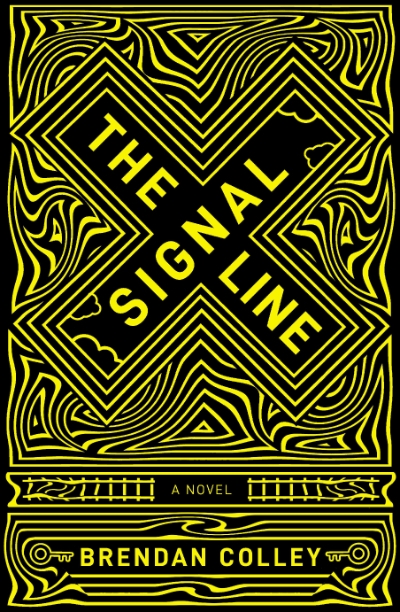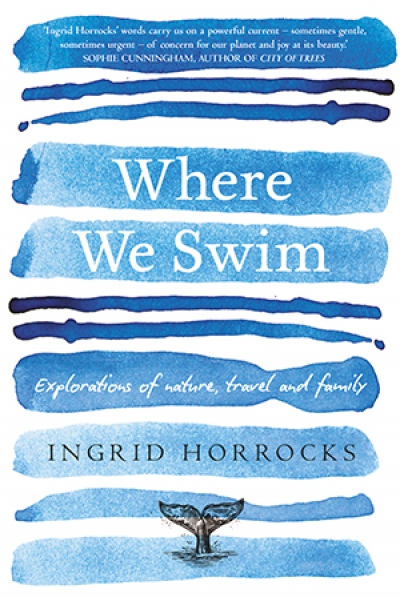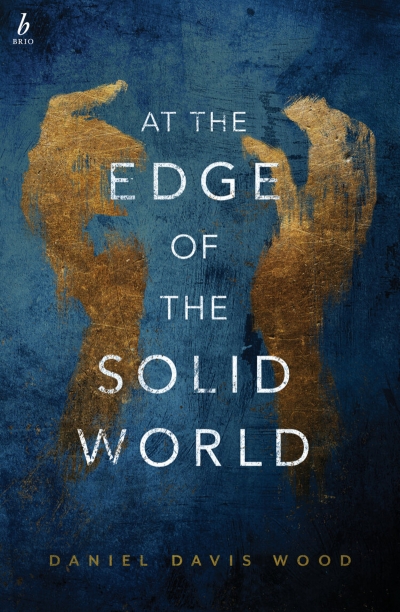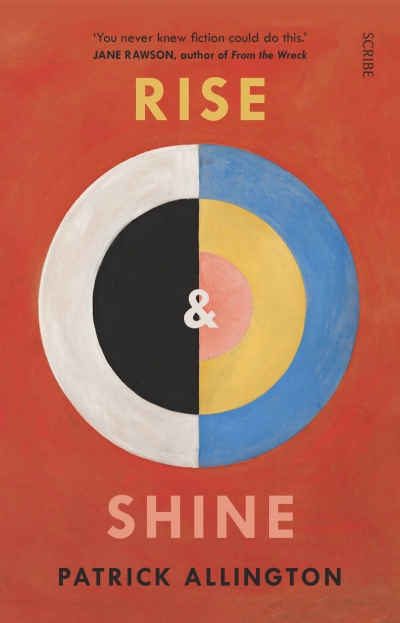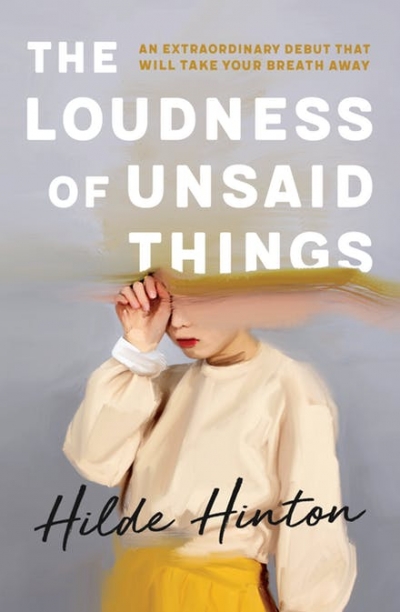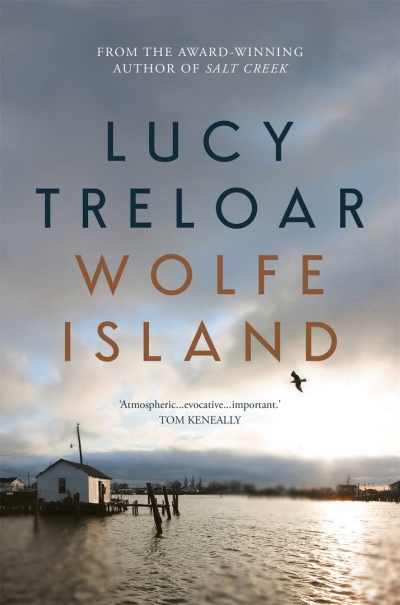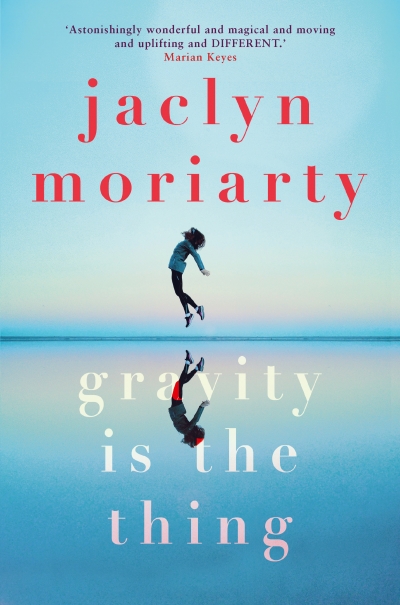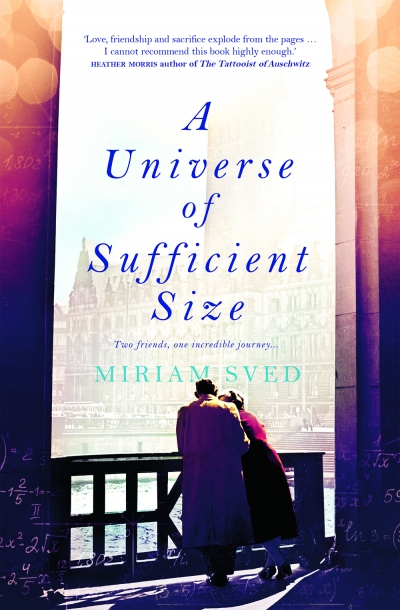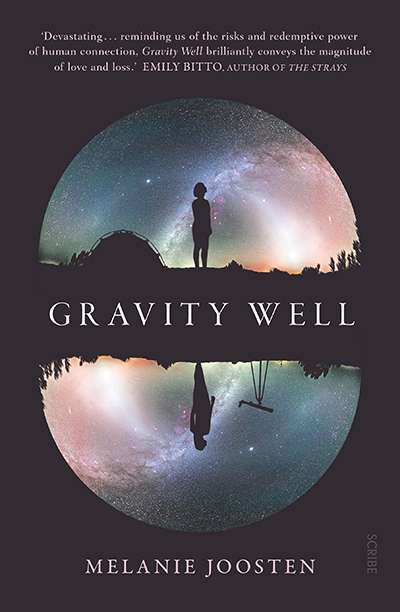Naama Grey-Smith

Naama Grey-Smith is an editor, publisher, writer, and critic based in Fremantle/Walyalup, Western Australia. She holds degrees in communications and publishing and has edited award-winning fiction and non-fiction. Her enduring interests are language, memory, and place.
Where We Swim takes the broad view on each component of its title: the ‘where’, the ‘we’, the ‘swim’. Wellington-based author Ingrid Horrocks explains that her original idea – to record a series of solo swims – was transformed when she realised such deliberate solitary excursions were ‘bracketed moments held deep within lives’ and that their contrivance ‘felt too close to the ... (read more)
Subtitled ‘Encounters with love, death and faith’, Sarah Krasnostein’s The Believer takes on big themes. In this work of creative non-fiction that combines memoir, journalism, and philosophical inquiry, Krasnostein details her meetings with people whose beliefs she finds unfathomable but whom she is driven to understand. Her own guiding faith on this journey is that ‘we are united in the e ... (read more)
‘Every last word that follows from here is a word I have tortured out of myself. If what I have written sometimes warbles towards the inarticulate, that is the price exacted by torture and the price of articulating ... at all.’ So warns the narrator of Daniel Davis Wood’s first novel, Blood and Bone (2014). He may well be describing Davis Wood’s second novel, At the Edge of the Solid World ... (read more)
‘What is the use of saying, “Peace, Peace” when there is no peace below the diaphragm?’ asks Chinese writer Lin Yutang in The Importance of Living (1937). The subject of food and its manifestations – sustenance, communion, gluttony, longing – has claimed a place in the books of every era and genre, from heavenly manna in the Book of Exodus to starving gladiators in Suzanne Collins’s ... (read more)
Hilde Hinton’s début novel is character-driven storytelling at its best. Its narrator, Susie, is a perpetual outsider whose world comprises ‘her dad, her crazy sometimes-there mum and a house that didn’t look like the others’. Susie faces life’s brutal realities earlier than most: by Year Seven she has moved from the country to the city, taken up selling newspapers in Melbourne’s stre ... (read more)
With Wolfe Island, Lucy Treloar joins a growing number of novelists whose fiction is marked by anthropogenic catastrophe. Her latest offering confronts two urgent global crises: the climate emergency, and the plight of refugees. Treloar reveals startling connections between the two through the shared thread of displacement in a work that is more than powerful: it’s transformative.
Treloar’s s ... (read more)
The first thing one notices about Jaclyn Moriarty’s Gravity Is the Thing is its narrative voice: distinctive, almost stylised. Exclamation marks, emphasised words in italics, a staccato rhythm, and clever comments in parentheses add up to a writing style sometimes deemed quirky. This style is not restricted to the voice of the first-person narrator but rather is a lens through which the work and ... (read more)
At the front of Miriam Sved’s A Universe of Sufficient Size is a black-and-white photograph of a statue. The cloaked figure holding a pen (‘like a literary grim reaper’, reflects one character) is the statue of Anonymous in Budapest, a significant setting in the book. Its inclusion is a reminder that the novel draws on the story of the author’s grandmother, mathematician Marta Sved (née W ... (read more)
Gravity Well opens with Carl Sagan’s famous ‘mote of dust suspended in a sunbeam’ quote, suggesting themes of astronomy, loneliness, and humanity’s cosmic insignificance. Though I was immediately smitten with the cover design (a nebula-coloured orb, its top and bottom halves depicting mirrored but not identical female silhouettes amid a sea of cosmic black), I worried that the novel might ... (read more)

